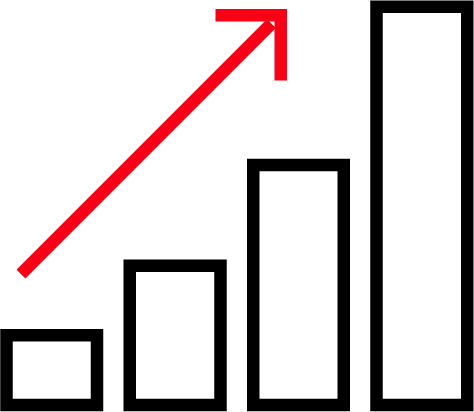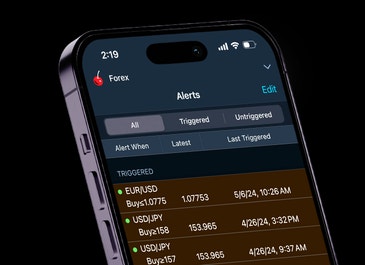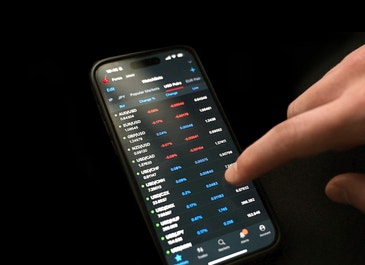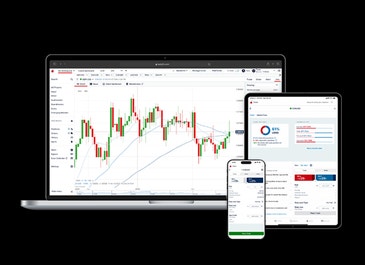How to manage your trading risk
Forex trading comes with a unique set of risks. Find out how to manage your trading risk when using leverage and access our free educational resources.
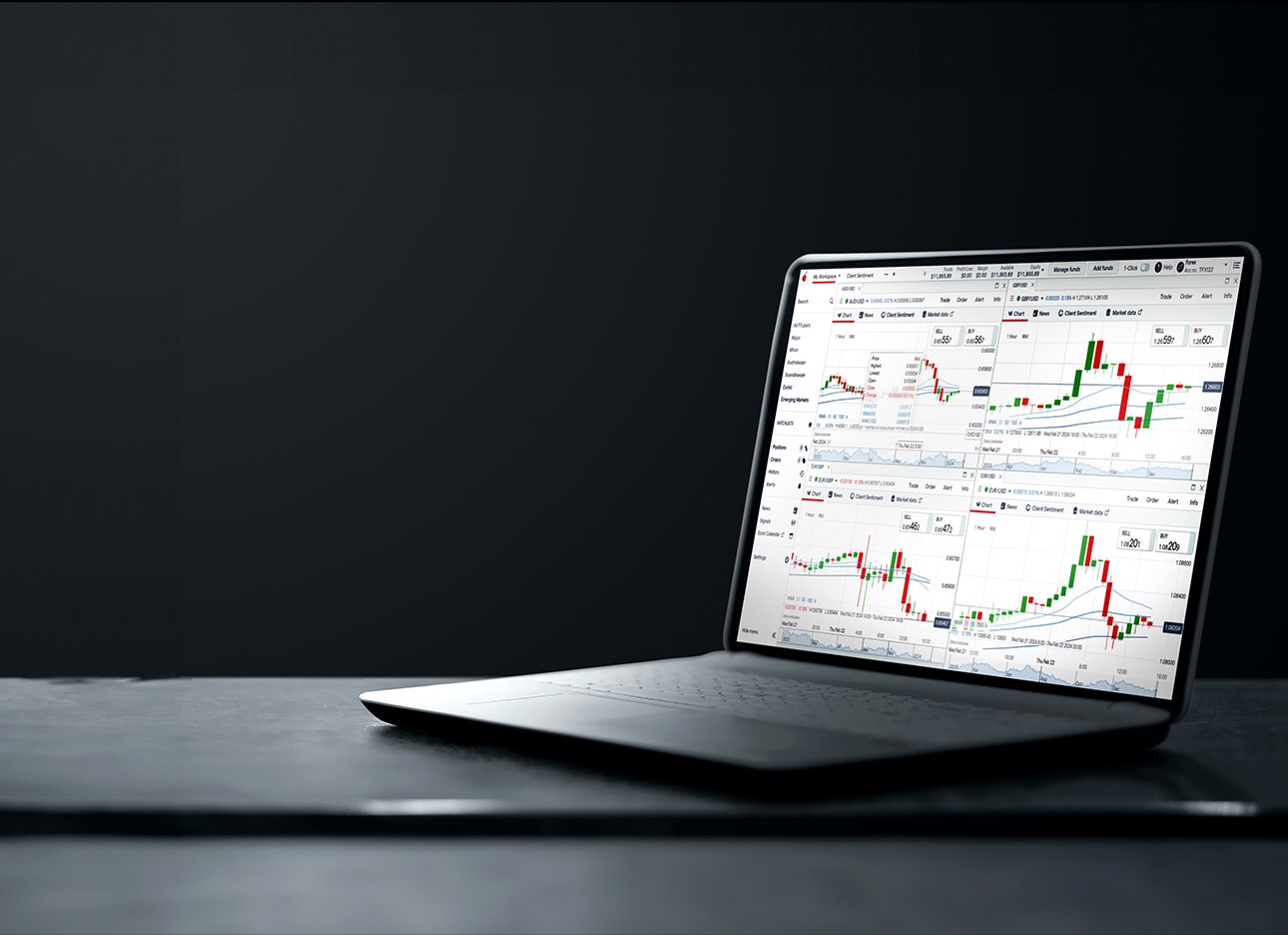
How can I manage my risk when trading?
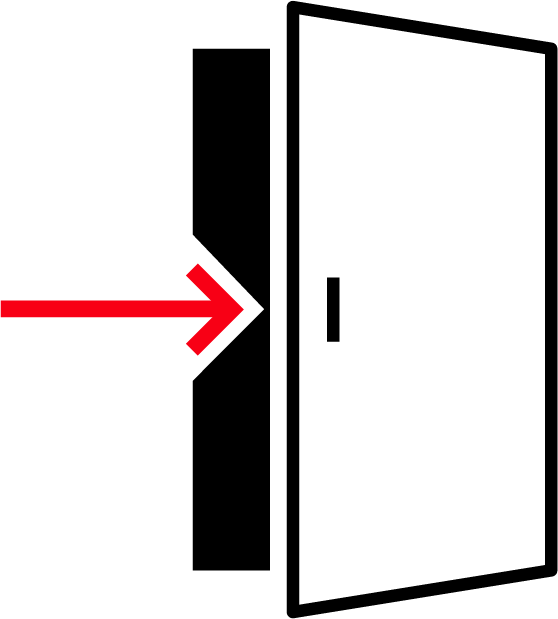
Execute trades at favorable levels
Set limit orders to automatically buy or sell when the market level is more favorable

Learn more about forex markets
Our curated YouTube playlists help traders understand forex markets and the factors that move them
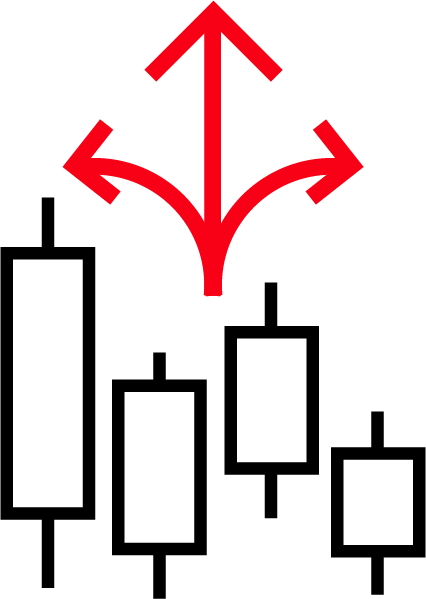
Stay on top of market movements
Set alerts and we’ll notify you when a market reaches your specified level

Know your profit and loss
Get a balance snapshot on our platform to easily view your gains and losses

Get personal trade analysis
Use "Trade Analytics" to reflect on past trades and adjust for the future
What is Meant by ‘Risk’ in Trading?
In trading, ‘risk’ refers to the possibility of your choices not resulting in the outcome that you expected. Trading risk comes in a range of forms. The most prominent risks you’ll face when trading forex are:
- Market risk: The general risk that your trades might not perform as you thought it would, due to unfavorable price movements. The market can be affected by a range of external factors like recessions, political unrest, etc.
- Impact of leverage: Trading on leverage—ie using margin—amplifies profits and losses, as your risk isn’t limited to your initial outlay. Your gains and losses will be based on the full trade value, and you could lose more than your deposit.
- Lack of knowledge: Failure to study the markets and doing thorough analysis can be detrimental. You should learn as much as you can about trading and the asset you’re looking to buy or sell before opening any positions.
- Emotional trading: It’s not always easy to control your emotions when trading. Impulsivity, fear, and greed—to name a few—can take over, and you might end up making poor trading decisions.
What are the risks of trading?
There are various risks involved in trading, and different reasons to why they might happen. The most important thing to remember is that you should take steps to mitigate these risks.
| The risk | Why it happens | Ways we help |
|---|---|---|
Losing more than your deposit on a trade | Forex trading is leveraged, so you only need to put up a fraction of your position’s value to open it but your profit or loss could be much more than your initial deposit | You can set stop or limit order, to define the level you'd like your trade executed at |
Having your positions closed unexpectedly | You need a certain amount of money in your account to keep your trades open. This is called margin, and if your account balance doesn’t cover our margin requirements, we may close your positions | Keep an eye on your always-visible running balances in our platform or app, and add more funds if they’re needed |
Losing more than the money in your account | Sometimes your positions may be closed out automatically, leaving you with a negative account balance | We notify you in advance of closing out positions when you've been placed on margin call |
Sudden or larger-than-expected losses | Markets can be volatile, moving very quickly and unexpectedly in reaction to announcements, events or trader behavior–which can significantly impact your open positions | As well as setting stops, you can also be notified of significant movement by setting a price or distance alert, giving you the choice of whether or not to react |
Having an order filled at a different level to the one you requested | When a market moves a long way in an instant—or ‘gaps’—any orders you have placed may be filled at a worse (or better) level than the one you requested (this is called slippage) | Entering and exiting positions at more liquid times of the day—when Europe and the US are in session—can help to avoid slippage |

Open an account now
Fast execution on a huge range of markets
Trade on the move with our award-winning trading app*
Feel secure with a trusted provider

Open an account now
Fast execution on a huge range of markets
Trade on the move with our award-winning trading app*
Feel secure with a trusted provider
PROTECT YOURSELF WITH OUR RISK MANAGEMENT TOOLS
Set a stop-loss to close your position automatically if the market moves against you.
There’s no trigger charge, but no guarantee of protection against slippage. Once triggered, the stop-loss becomes a market order - meaning the order may be filled at a less favorable level if the market gaps.
Set a limit order and we’ll execute your trade at a predetermined level that is more favorable to you than the current market price.
You can set a limit entry order to open a new position, or you can set a limit closing order as a take-profit.
To help protect you from excessive losses, we’ll sometimes close your positions if you’re on margin call.
However, we can’t always apply this protection and it’s sensible to maintain adequate funds in your trading account to avoid potentially being closed out. This feature does not guarantee against losses.
Get notified when your market moves by a certain percentage or amount in points with customizable price alerts.
You’ll get free email or push notifications.
Choose the right leverage for your trades
We make it our priority to support you in making trading decisions that are right for you. One of the ways we do this is by helping you navigate the world of leverage.
While you cannot choose a higher or lower leverage amount for a given market, you can choose between markets with higher or lower margin requirements or choose a size appropriate for the market's margin requirement.
We believe that allowing excessively high levels of leverage is not in your best interest. That’s why we work hard to limit our maximum leverage, to protect you from distorted win or loss probabilities on your trades. We also try to minimize transaction costs by keeping our charges and overnight funding fees at a very competitive level.
Plan and manage your trading decisions
Before you open your first trading position, you’ll need to do a lot of research about financial markets and the different ways to get access to them. The good news is that our educational materials are here to help you grow as a trader and manage your risks.
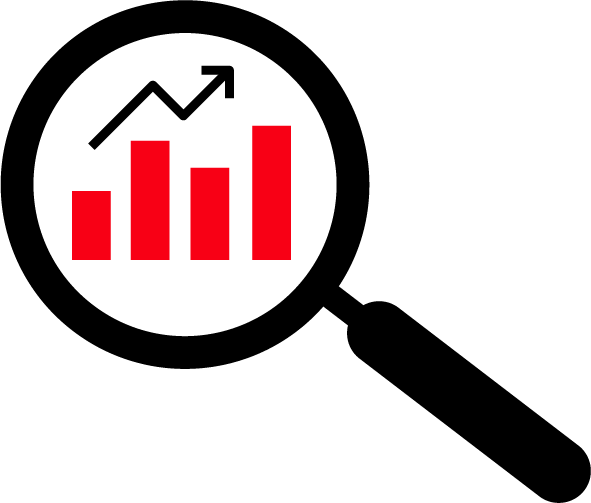
Get analyst insights
Read articles on trading strategy, economic news, and trade ideas

Watch market breakdowns
Watch videos that unpack forex markets and the factors that move them
FREQUENTLY ASKED QUESTIONS
To calculate risk when trading, you can use two techniques: risk per trade and risk-reward ratio. Deciding how much to risk depends on your personal preference and circumstances.
Risk per trade involves comparing the amount risked for each trade as a percentage of your total capital. Keep in mind that the amount you're risking per trade will affect your capital and the ability to margin additional trades if losses are experienced.
We explain the other technique—the risk-reward ratio—below.
The risk-reward ratio (R/R ratio) is a way of assessing the expected return on a trade per unit of risk. As a trader or investor, you’d typically use the monetary amount you stand to lose as the risk input, and your expected profit as the reward. So, if you risk $100 and expect to make $300, your R/R ratio will be 1:3, or 0.33.
In cases where your R/R ratio is greater than 1, each unit of risked capital is potentially earning you less than one unit of an anticipated reward. Equally, when the R/R ratio is less than 1, each unit of risked capital is potentially earning you more than one unit of anticipated reward.
Bear in mind that the R/R ratio is just a tool to help you understand the risk-reward trade-off and is by no means a watertight guide.
Leverage is a trading concept that enables you to open a position using a deposit (called margin), while getting exposure to the full value of the trade. Your profit and losses will also be based on the full position size, so they’ll be magnified when compared to your margin. This is why it’s extremely important to take steps to manage your risk when trading on leverage.
A stop order is a tool that you can use if you want us to execute your trade at a particular price that is less favorable than the current market price. They’re the opposite of limit orders, which instruct us to execute your trade at a price that’s more favorable than the current price.
Learn more about stop orders and limit orders
* #1 Overall Broker, #1 Mobile App, #1 Trust Score, #1 Education, #1 Web Platform are accolades presented to IG, parent company of tastyfx, on January 28, 2025, during the ForexBrokers.com 2025 Annual Awards. Accolades were awarded by the ForexBrokers.com research team based on demonstrated excellence in categories considered important to investors, traders, and consumers. Click here to learn about how they rate brokers.
